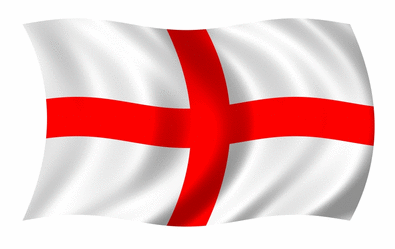The Missing NBL drawings.
In 1962 the North British Locomotive company voluntarily went into administration. The company which had been successful in producing steam locomotives had not experienced the same success with diesel or electric propulsion and shortly afterwards most that where supplied to BR where withdrawn.
NBL not only produced mainline locomotives. They also had a considerable range of industrial diesel mechanical locomotives some of which are still in service today across the world. They also built locomotives for mainline use in South Africa, India and New Zealand as well as a number of mining locomotives.
It seems that after liquidation the remnants and copy rights where bought by Barclay's Locomotive and stored until around the early 2000's when they where transferred to the Ballast Trust. This was a private archiving service who worked on behalf of Glasgow university. The drawings lay on two pallets at their Johnston Warehouse on the outskirts of Glasgow undiscovered for the next few years.
During my research into D600 in 2005, a chance phone call to Glasgow University led to an early morning flight from Stanstead to Prestwick and a meeting with the trust to appraise the drawings.
'I don't think you'll find anything of use Mr Beattie' the late Dr W Lind, founder of the trust seemed sceptical the collection contained anything of use.
' I have a copy of this for starters' was my reply as I opened the first role of drawings and discovered a very interesting drawing relating to the Class 16.
As we discussed the matter over a cup of tea in the small but elegant board room it was discovered they had no records or catalogue of the drawings. They simply didn't know what they had and no resources to complete one. They took some convincing but they finally agreed to allow me to to catalogue the entire collection at my own expense in return for access and copies of the drawings as I required them.
And so my work began. Starting in 2006 I was to spend the next five years holiday allowance a week at a time in the quiet warehouse, listing and logging several thousand drawings. At home I would then enter these one by one onto an excel spread sheet and then email them back to Glasgow university.
The drawings contained almost every nut and bolt of the diesel and electric locomotives built. Enough information in fact to build a complete one. Finally on a wet morning in 2009 the final role was opened and the last batch of drawings logged. A year later the last spreadsheet was completed.
Today the collection is available to the public via Glasgow university Archive services http://www.gla.ac.uk/services/archives/ and will shortly be reduced in size.



